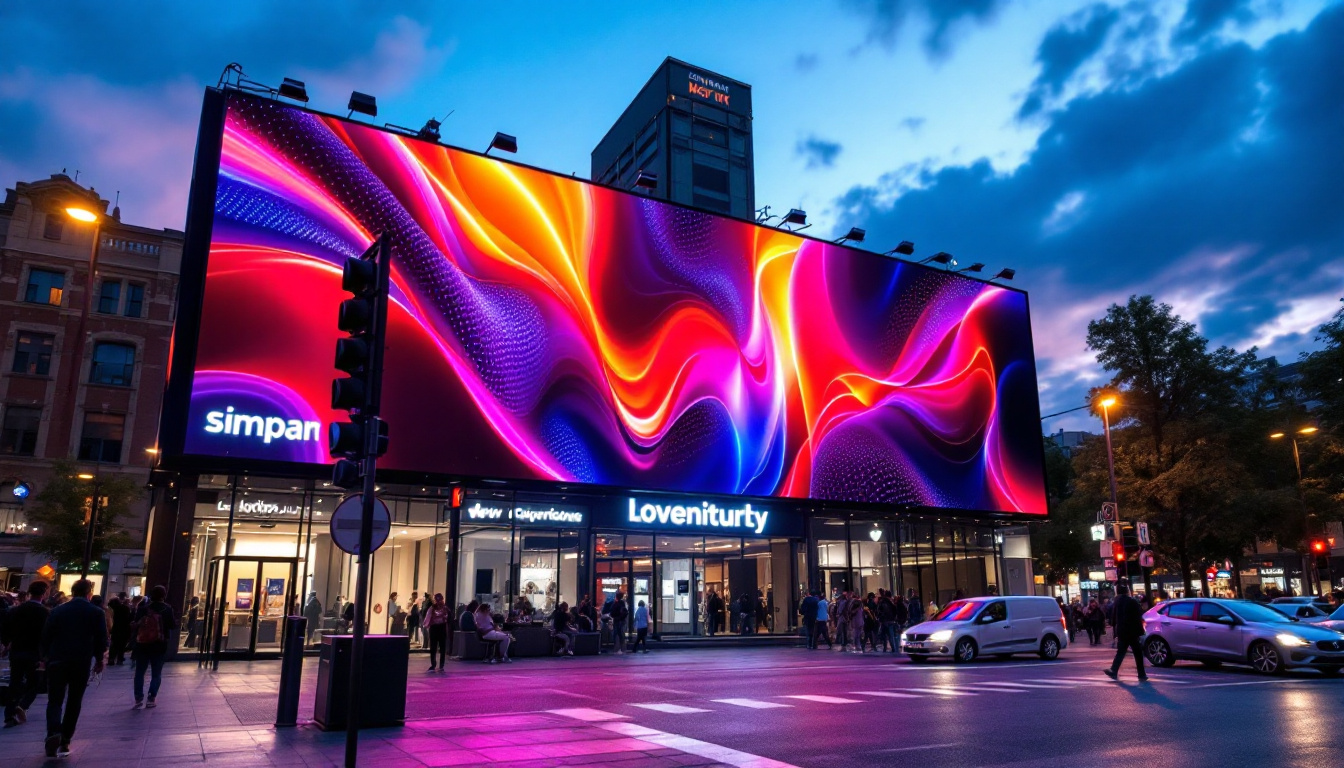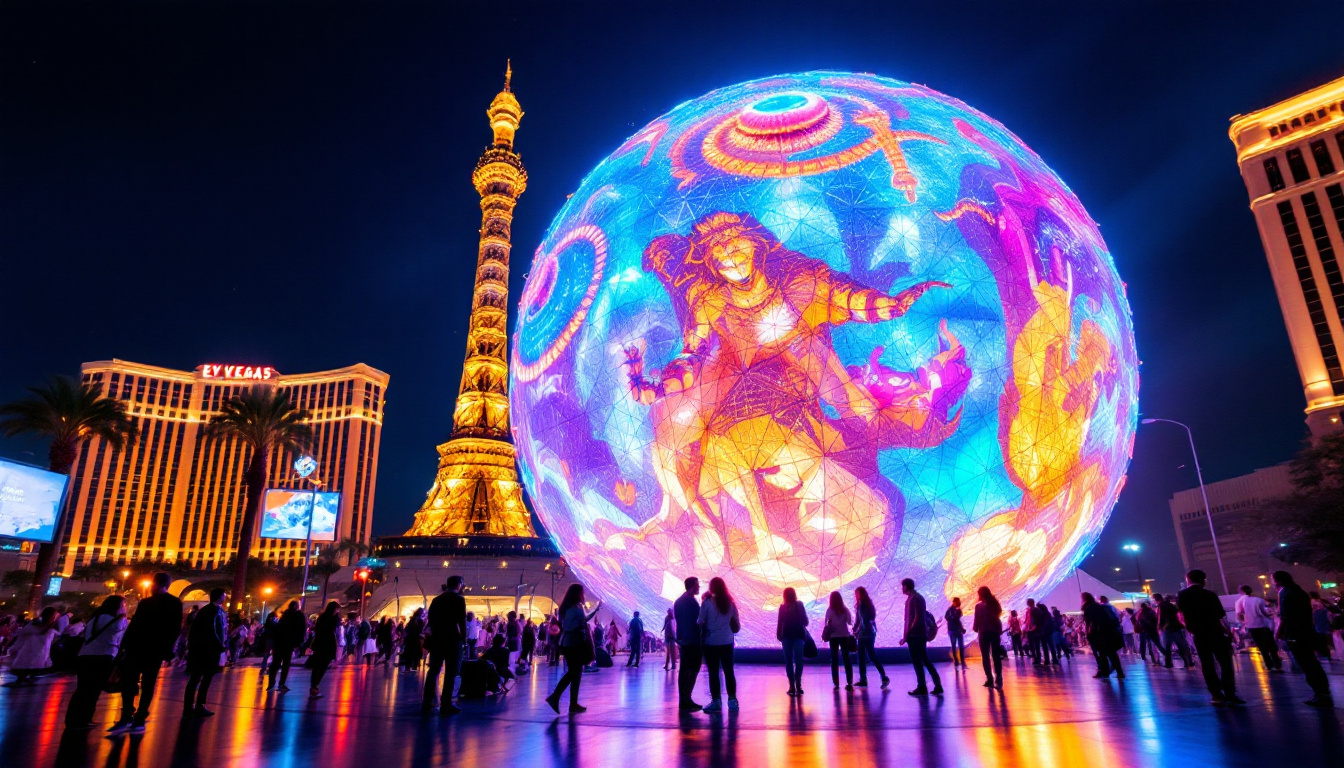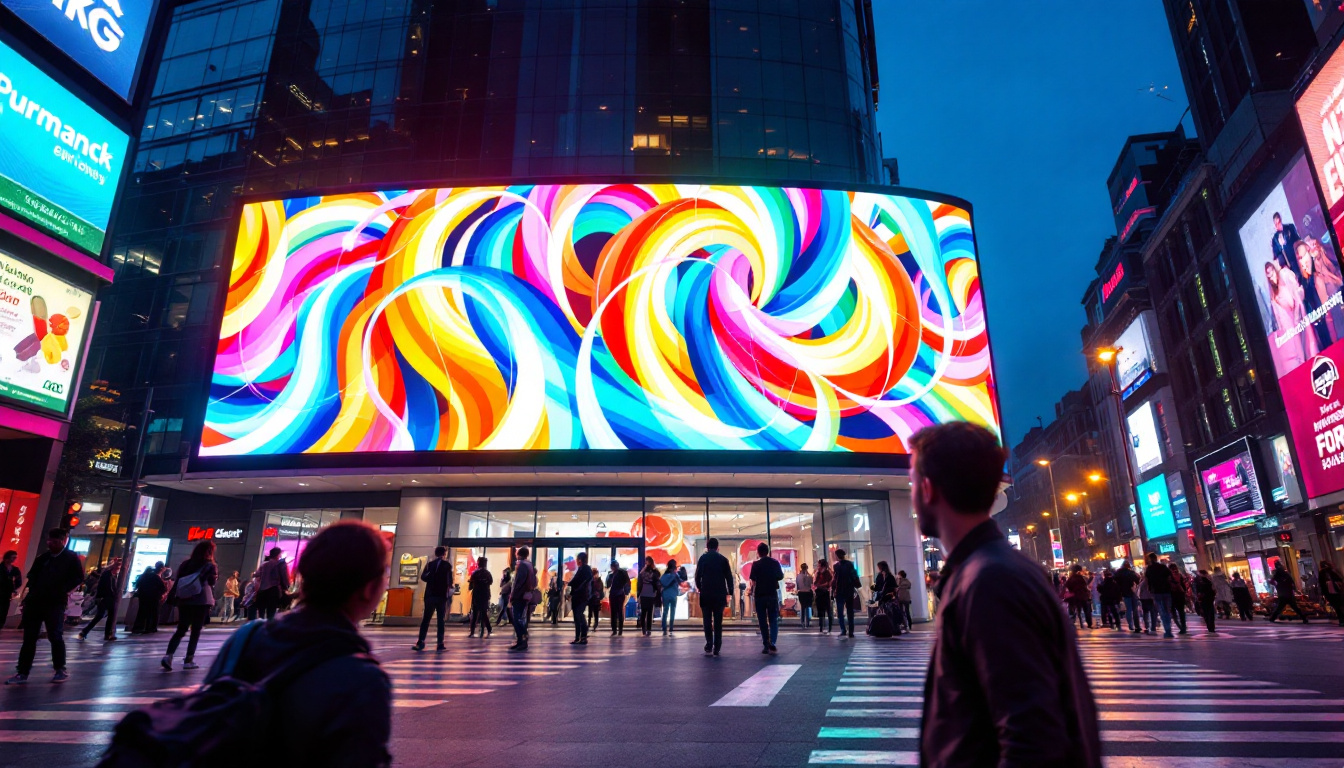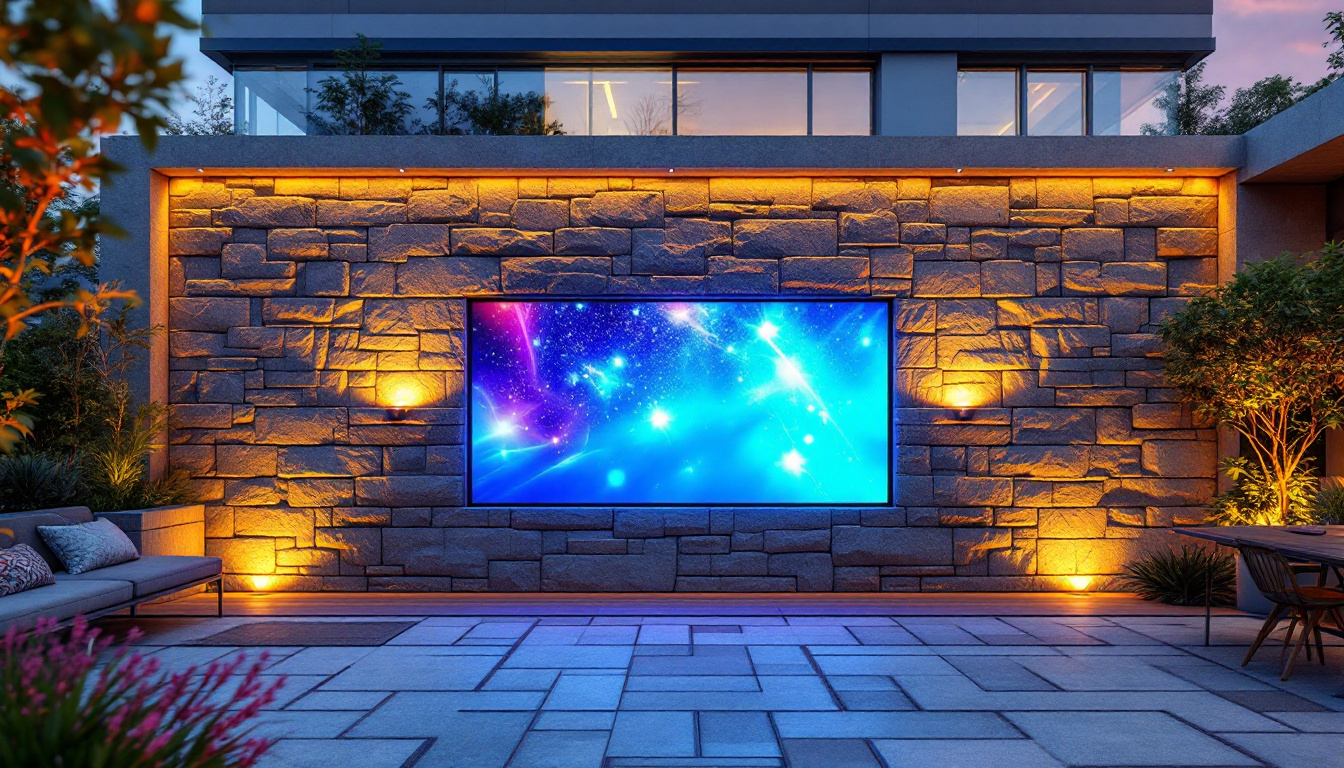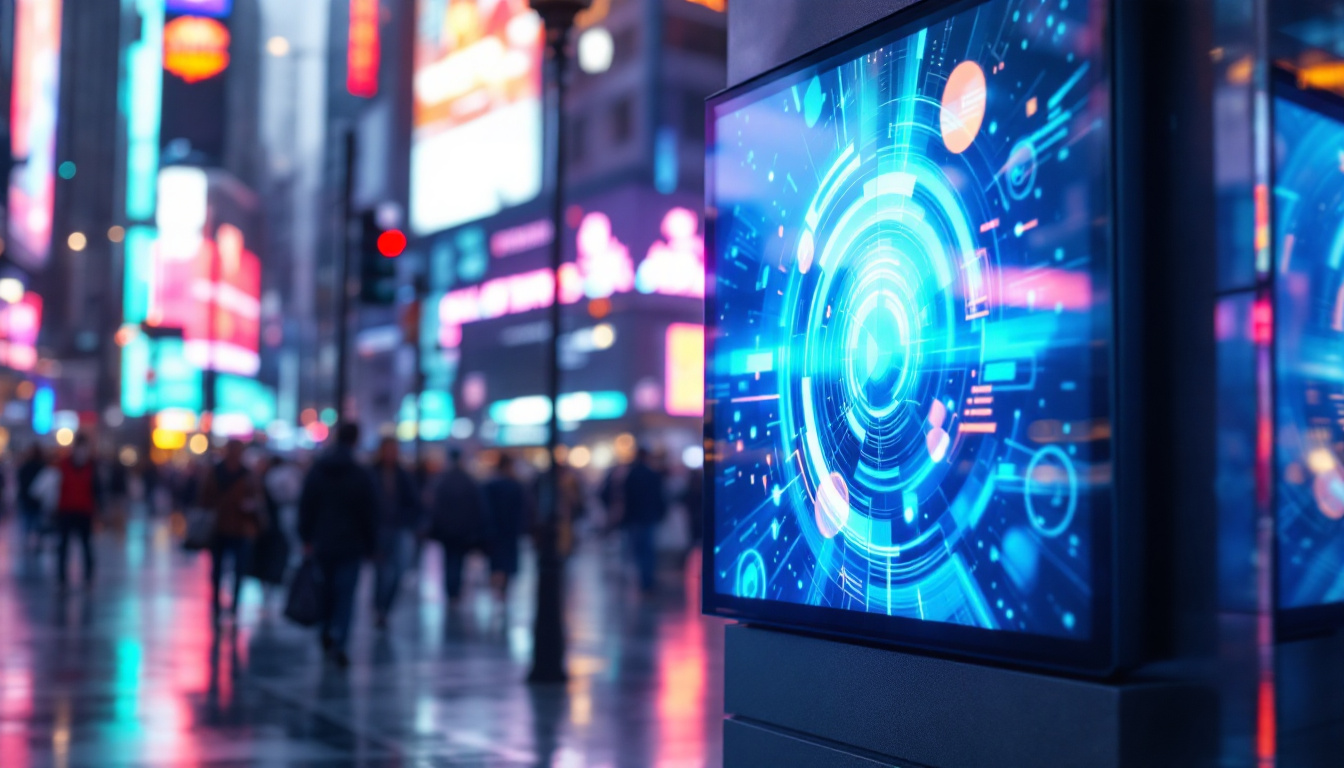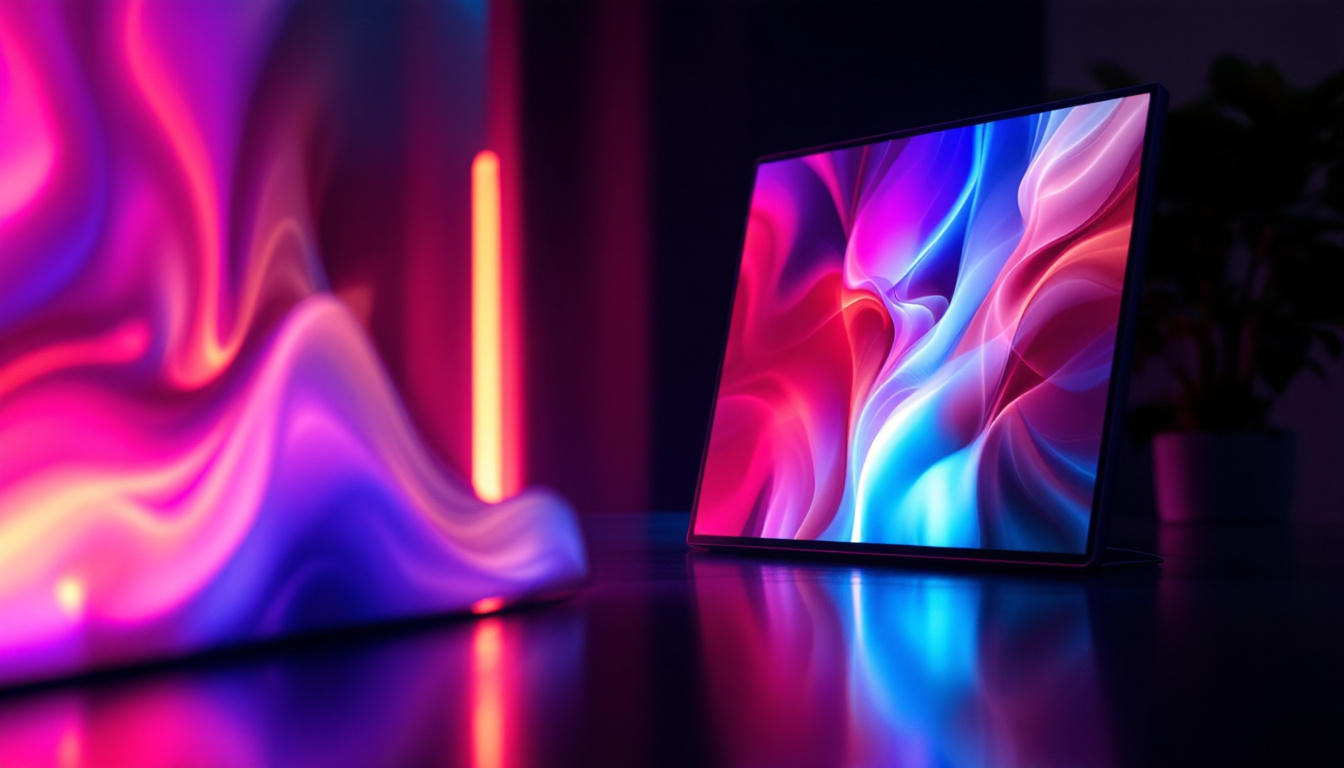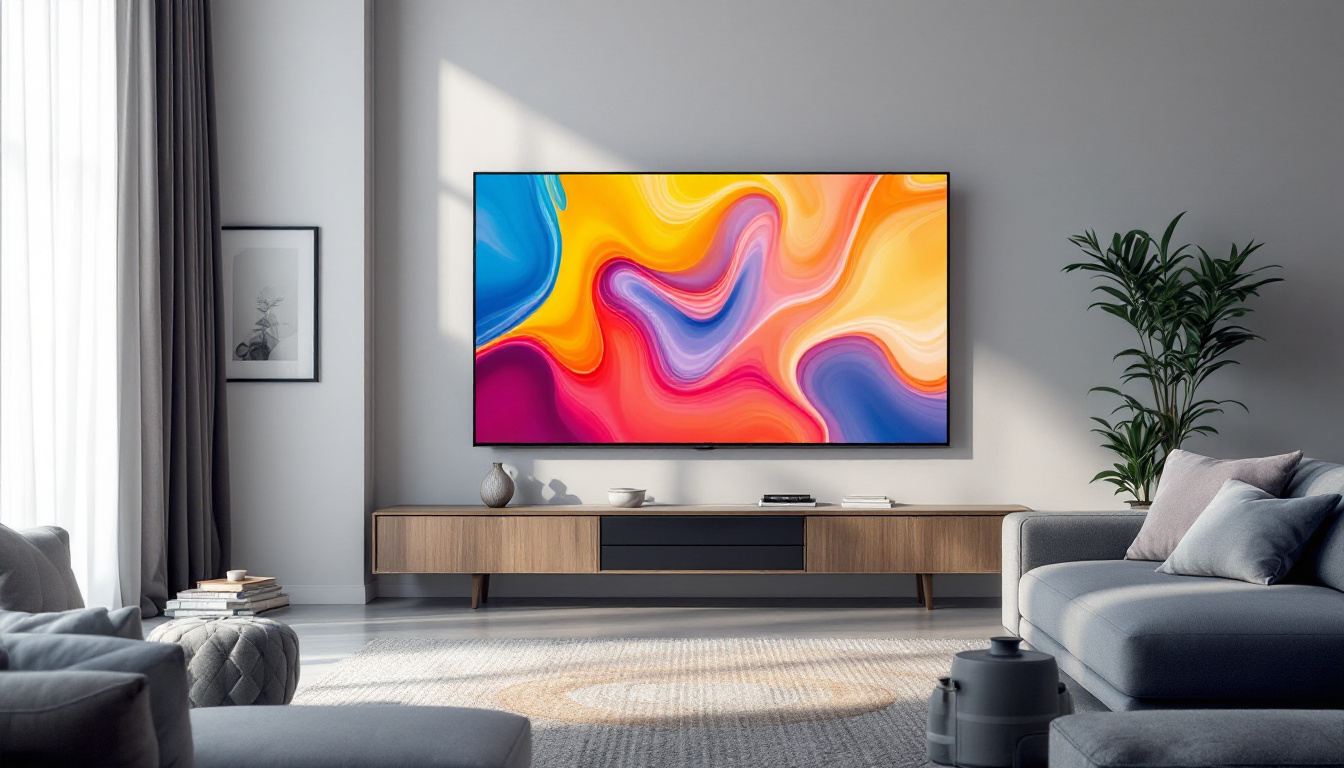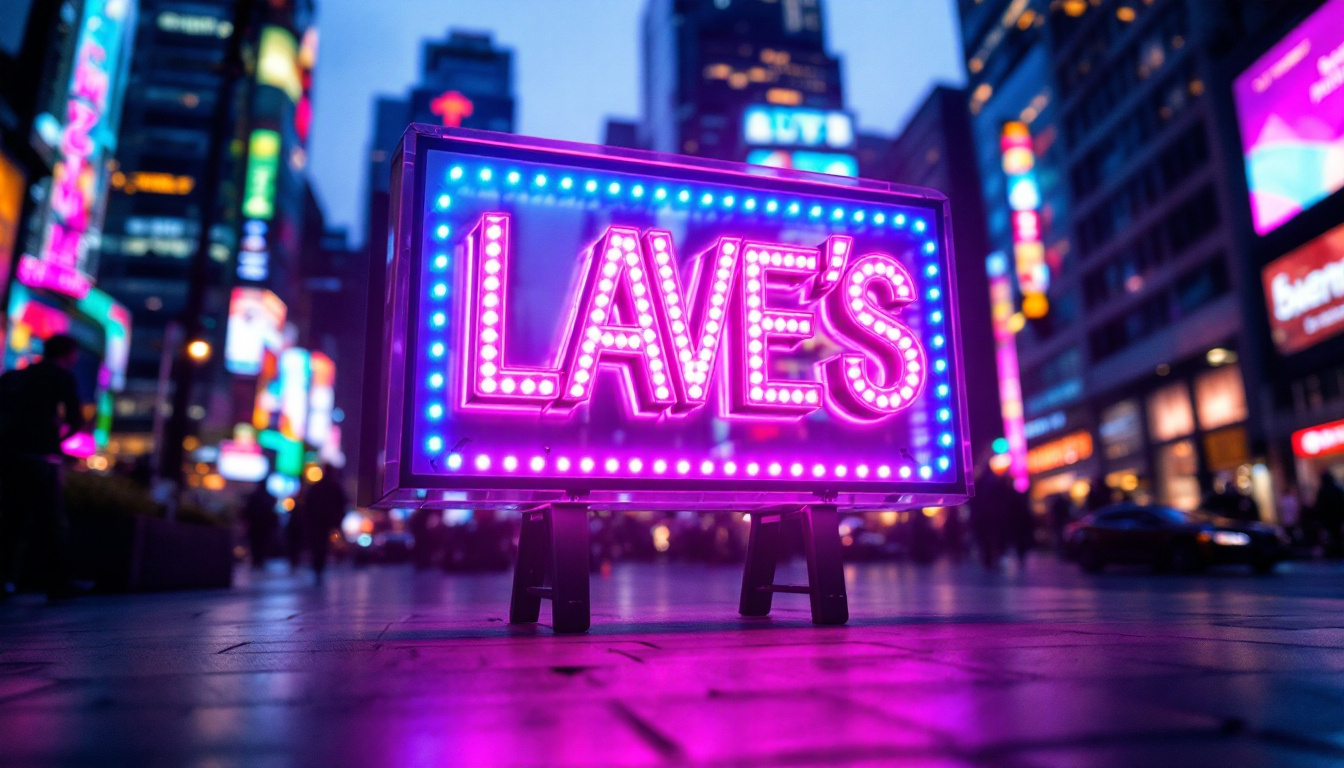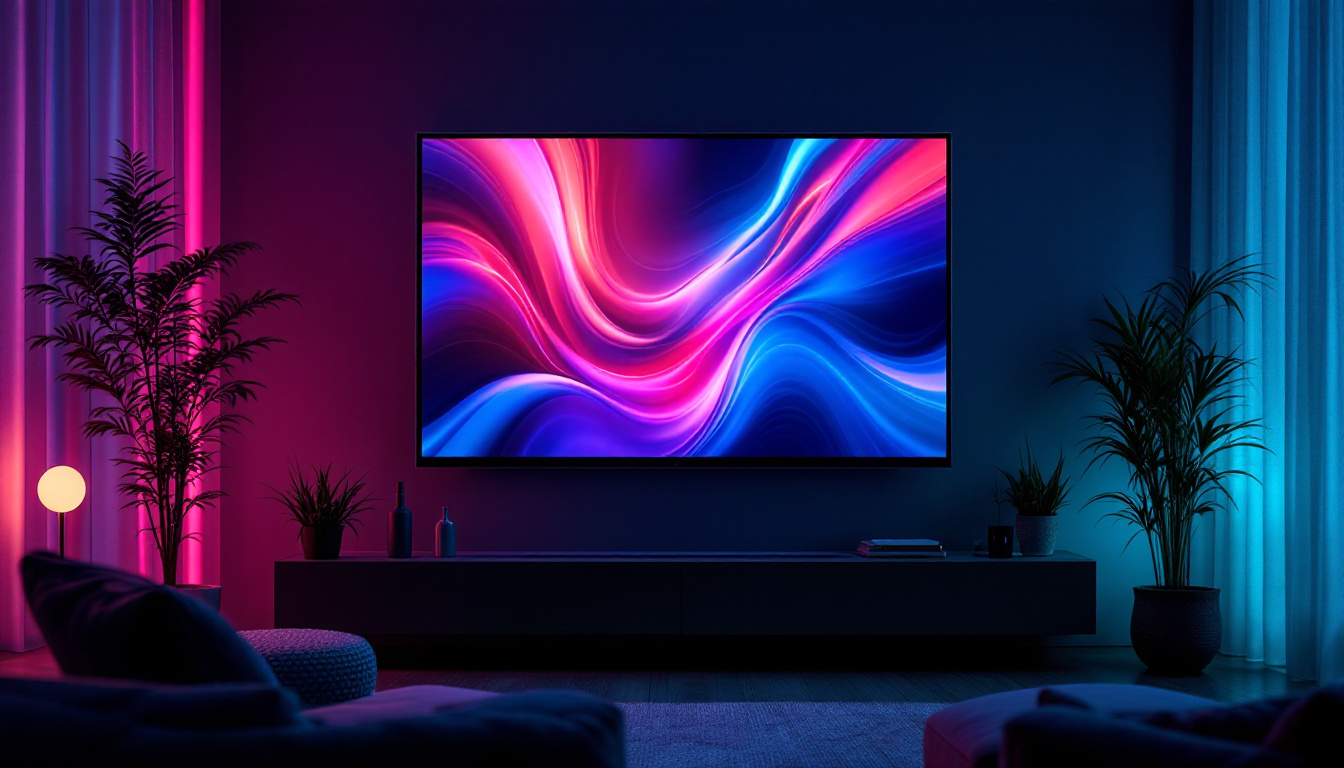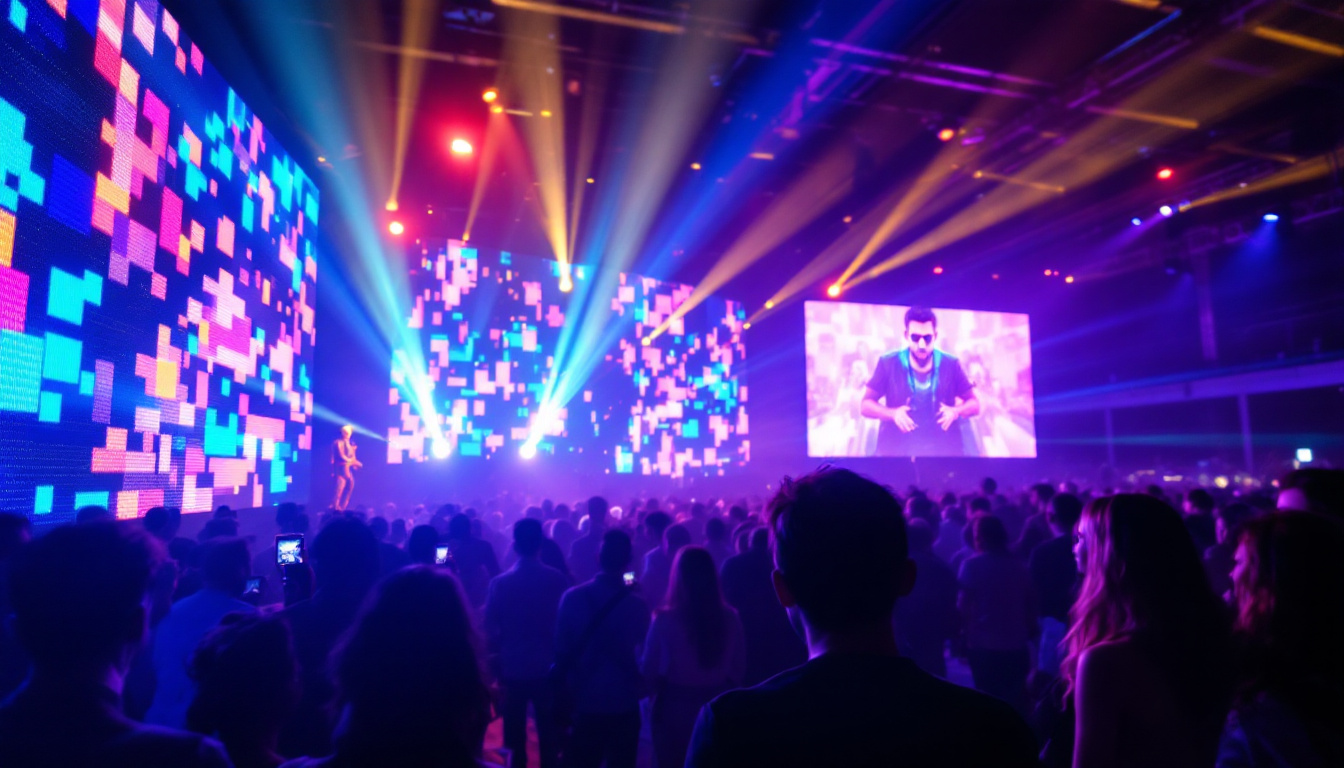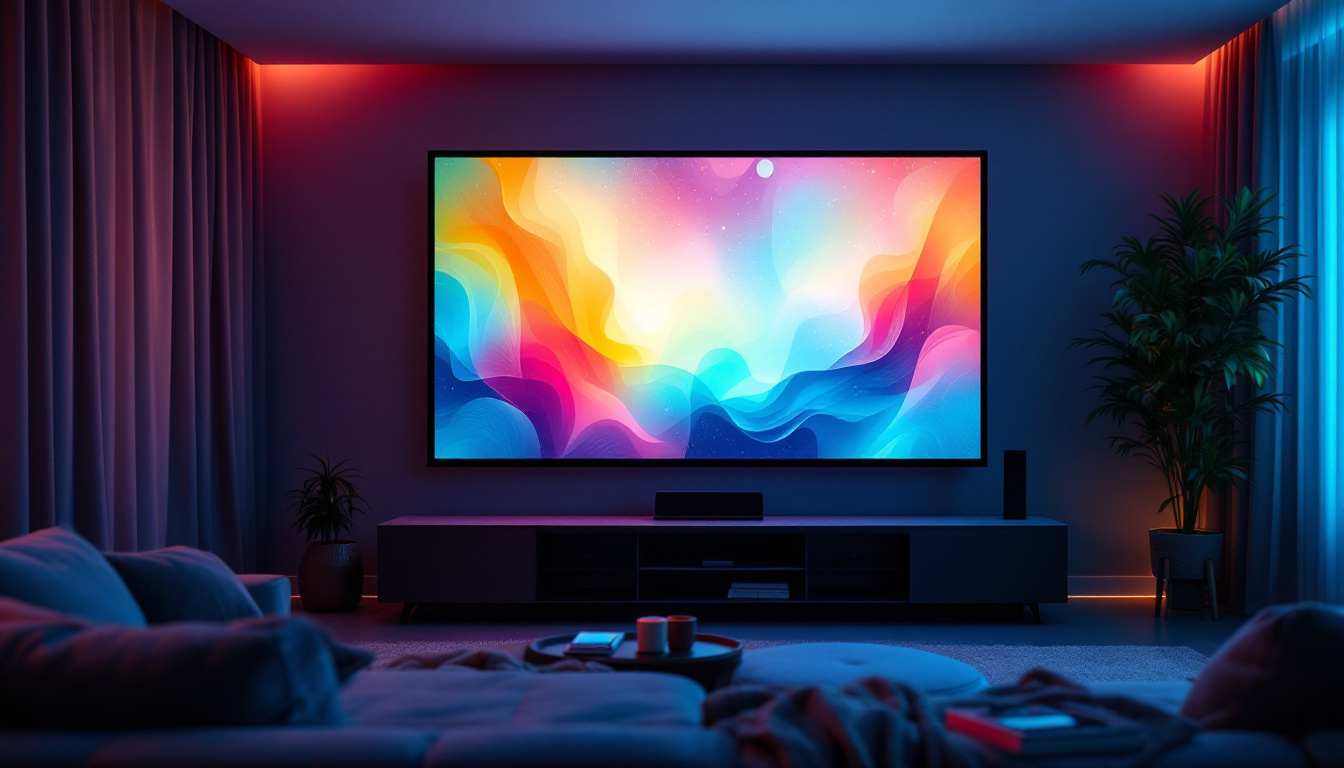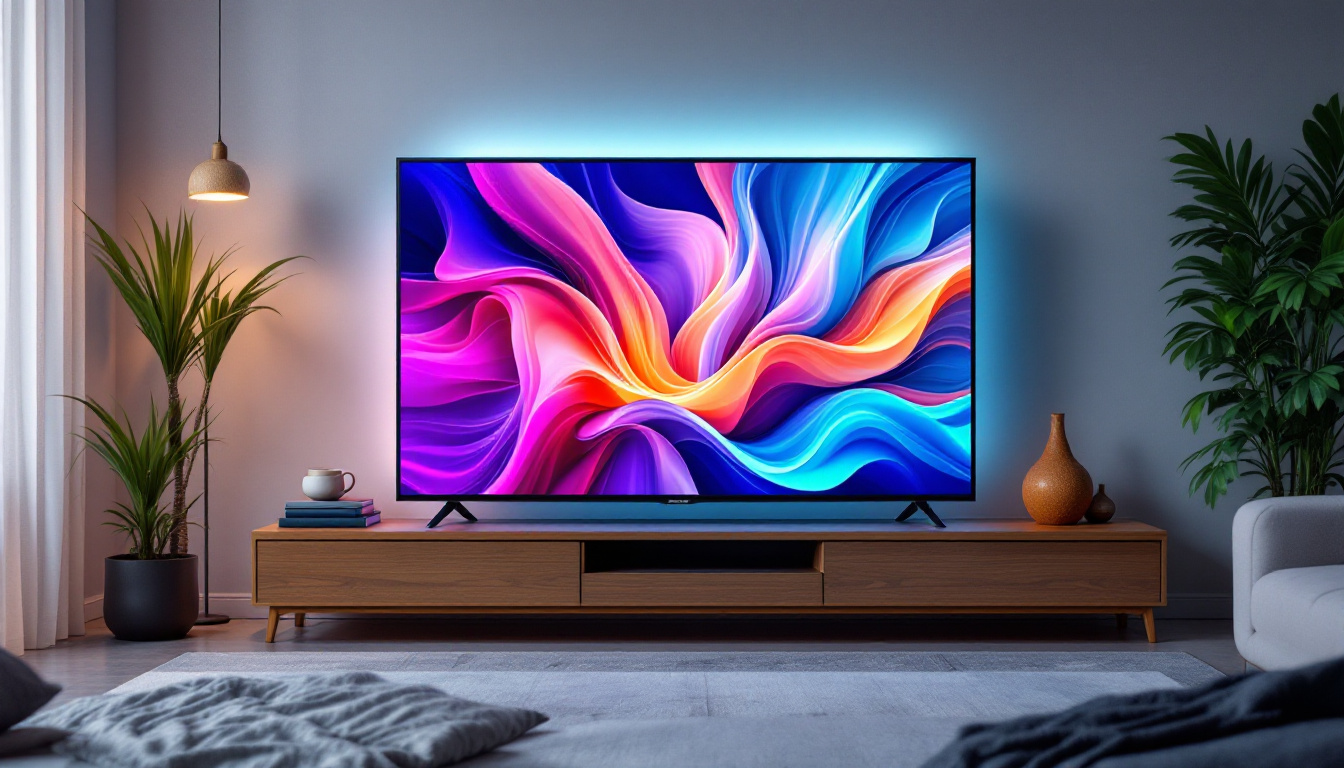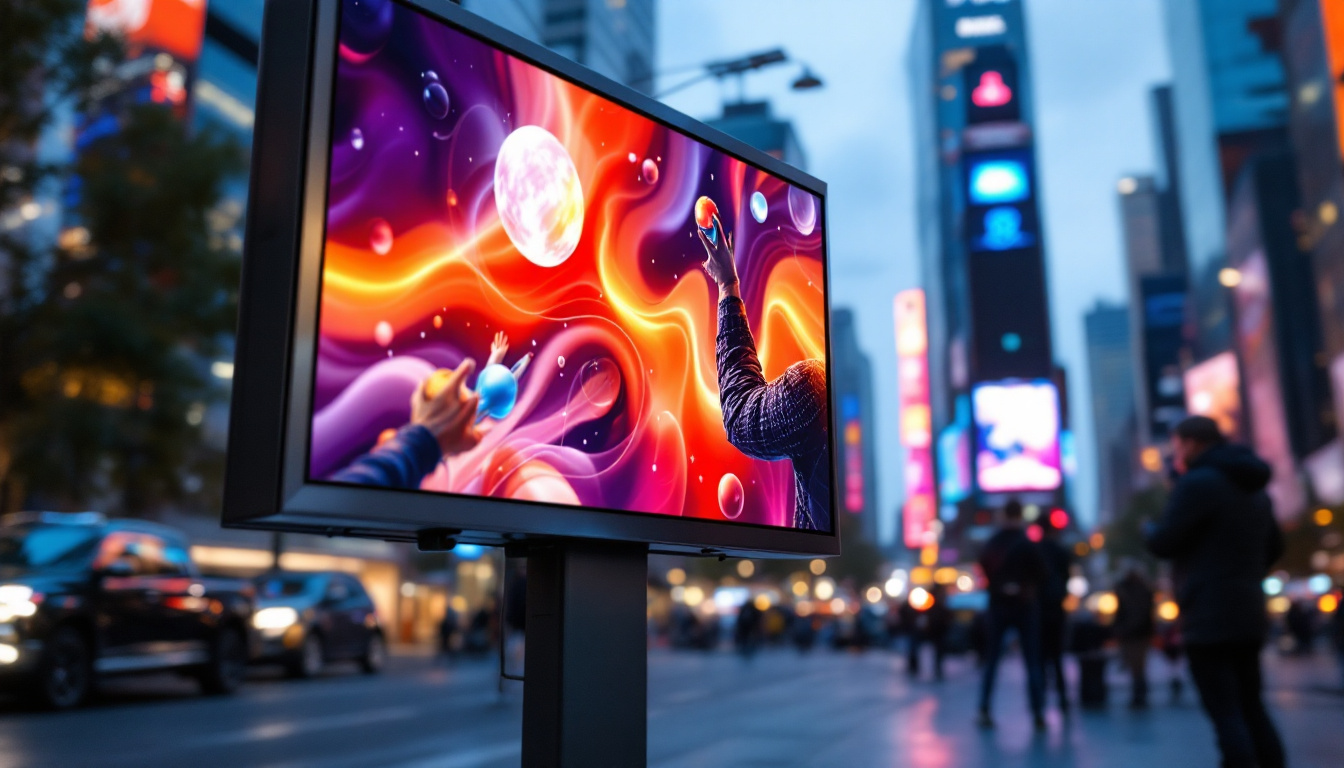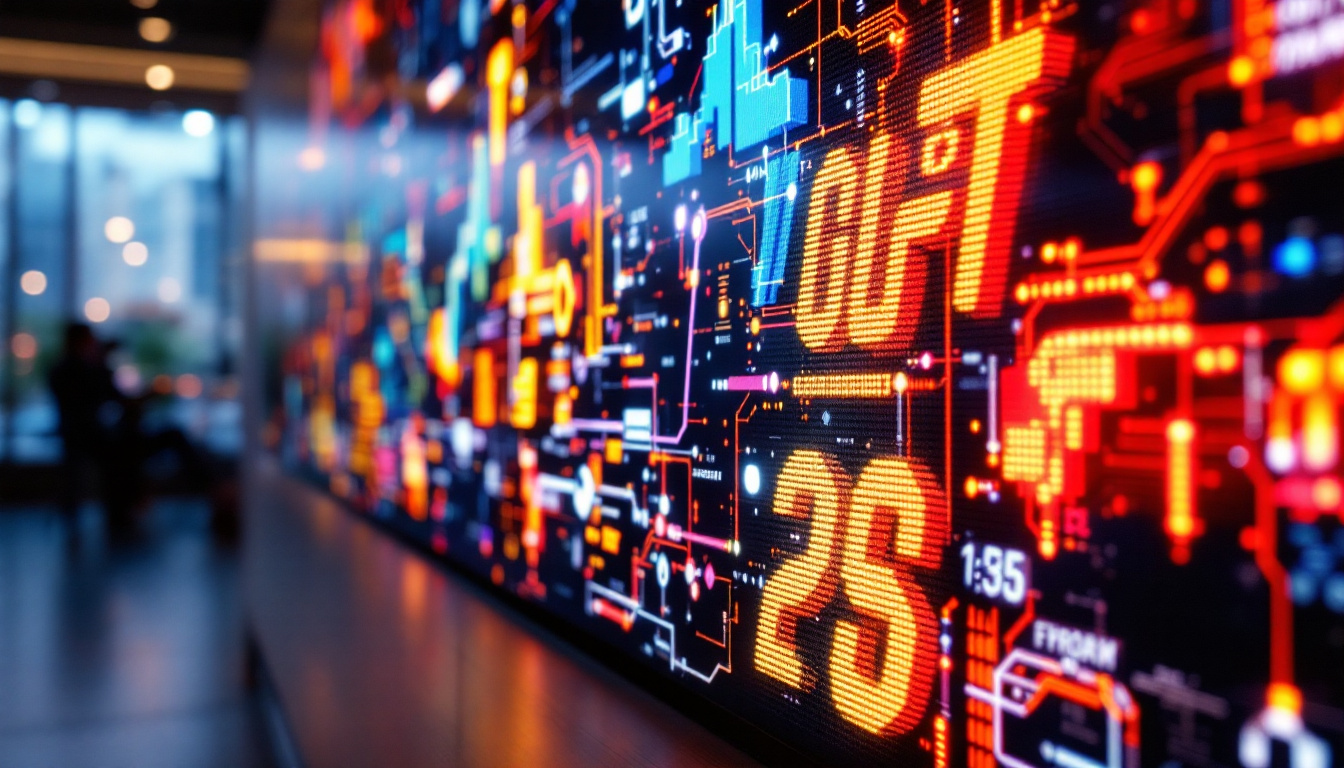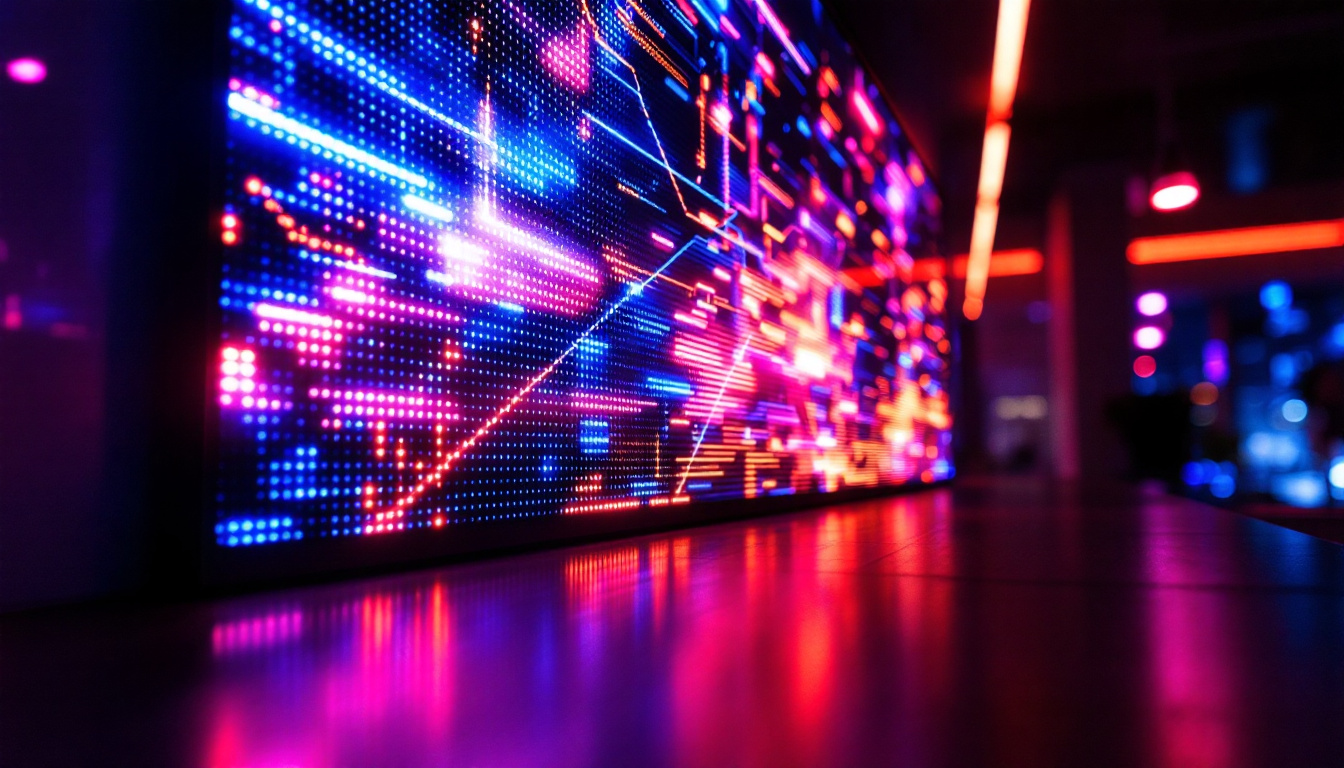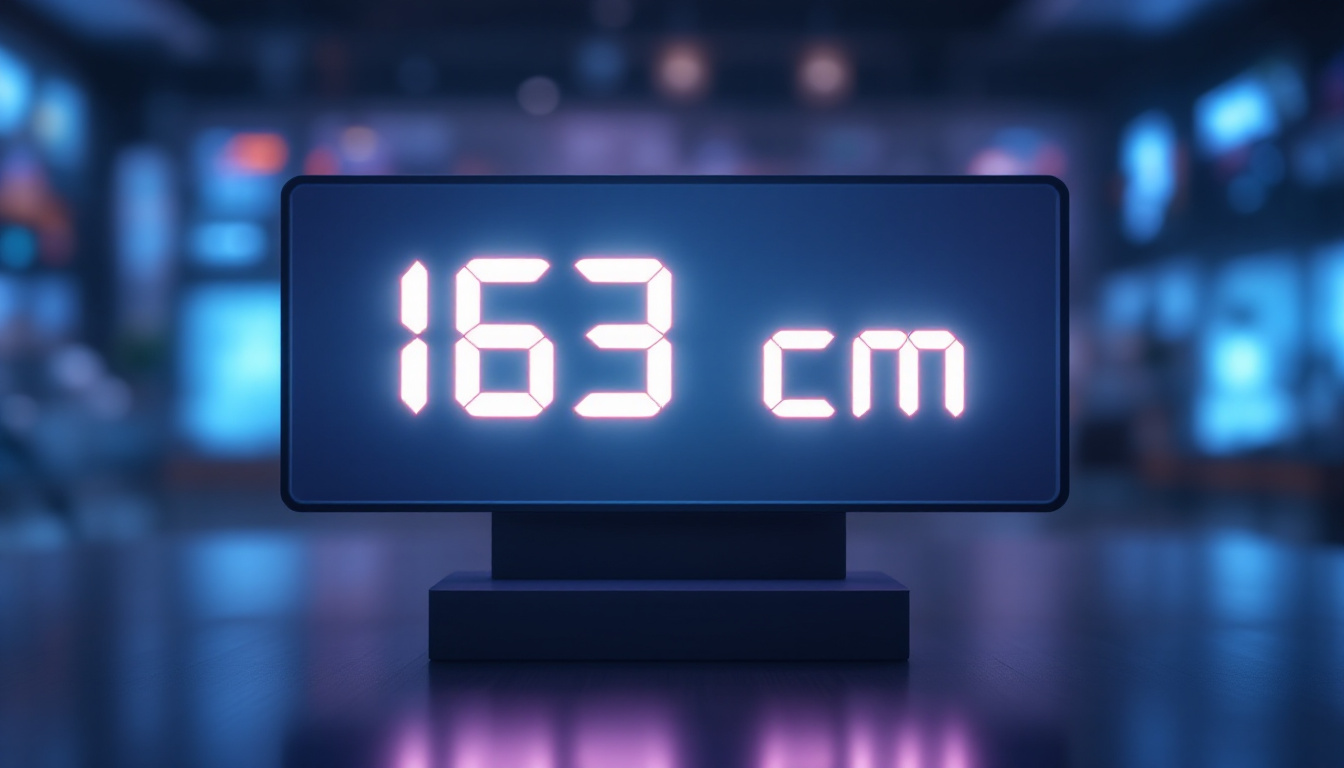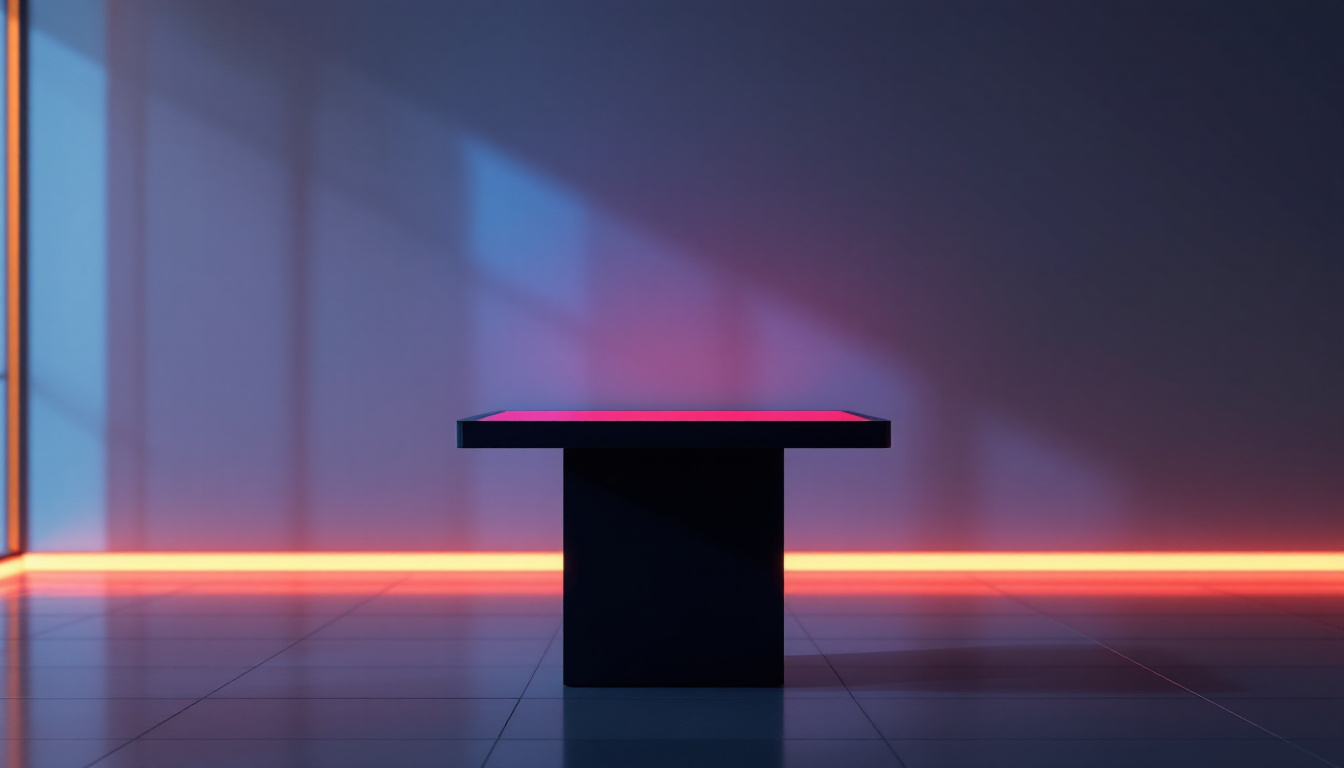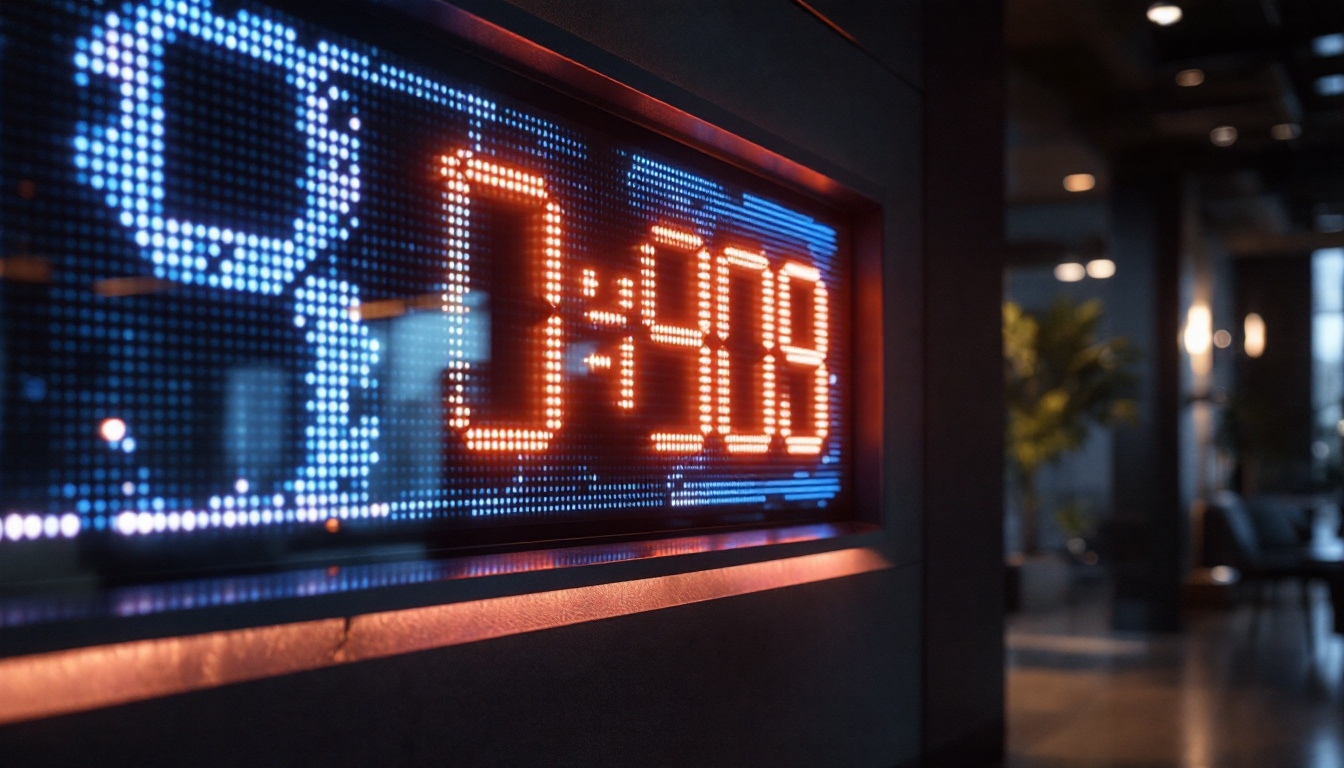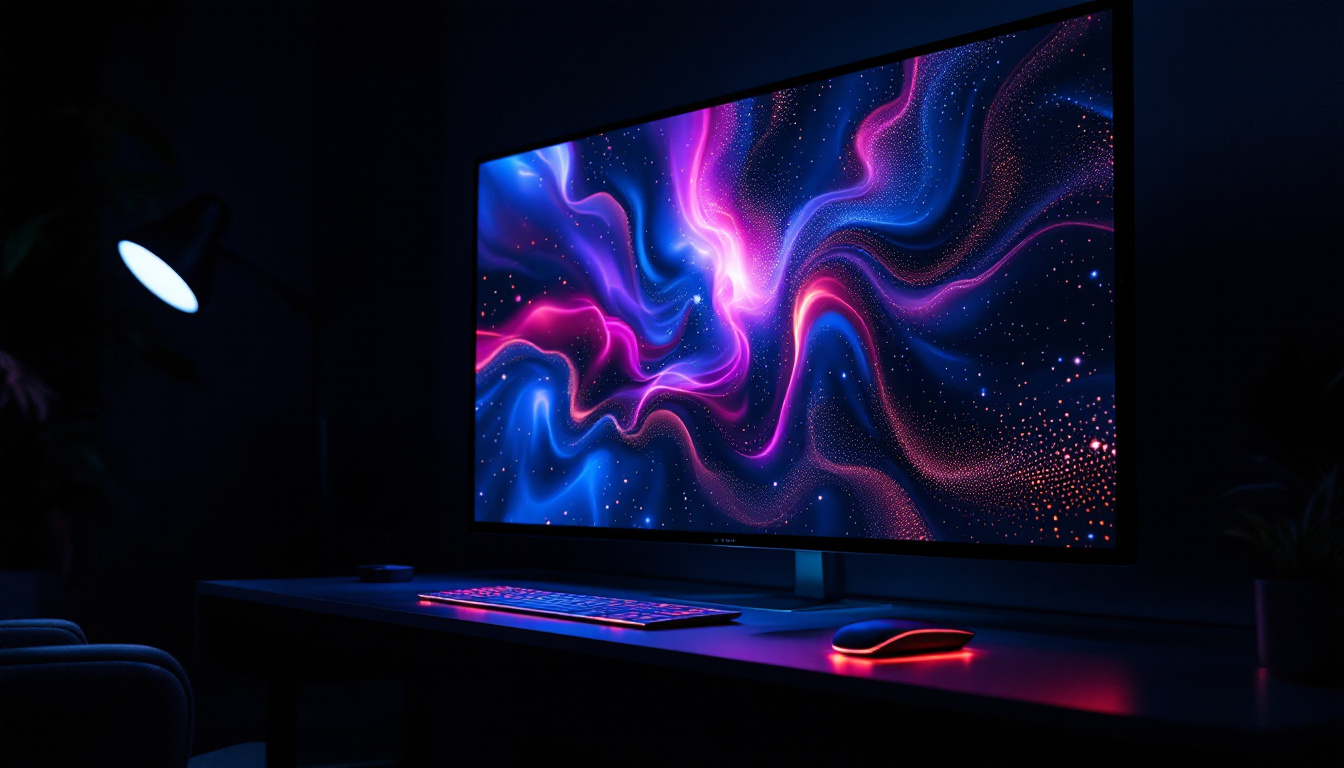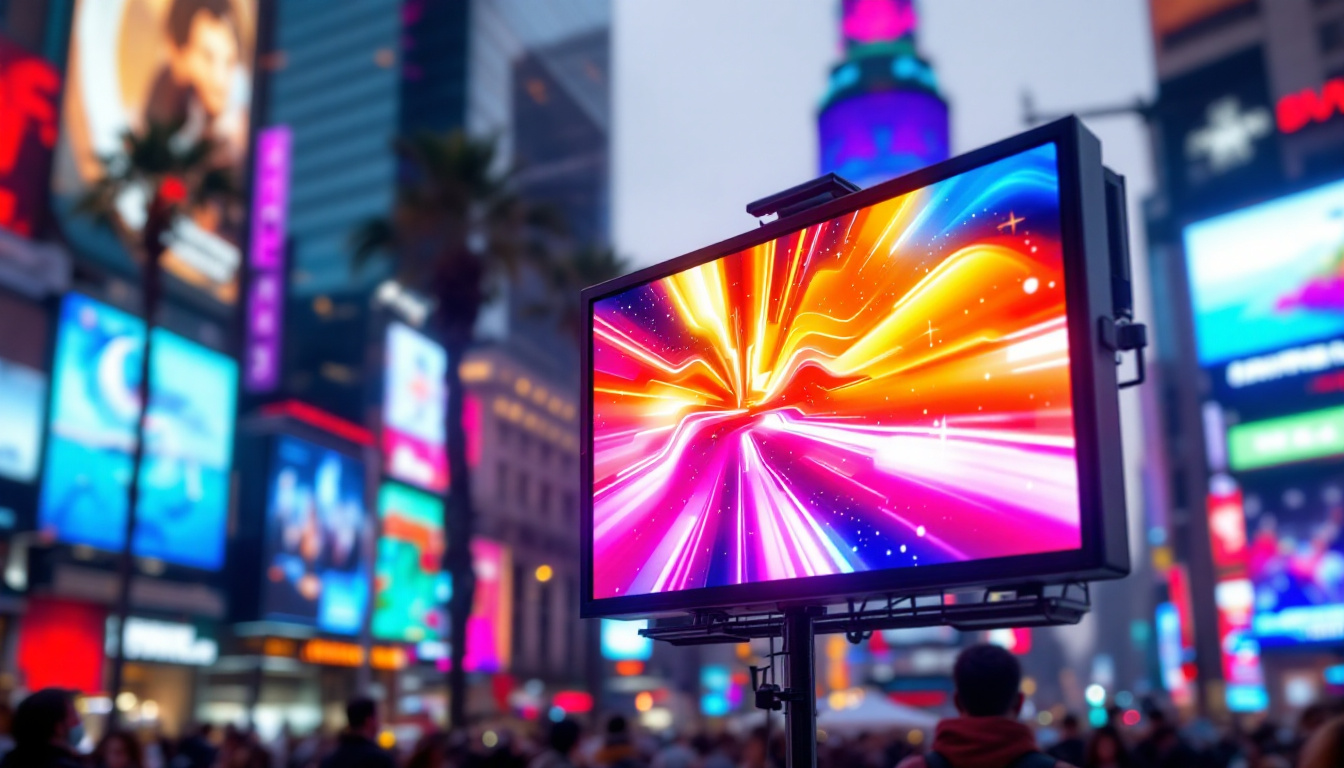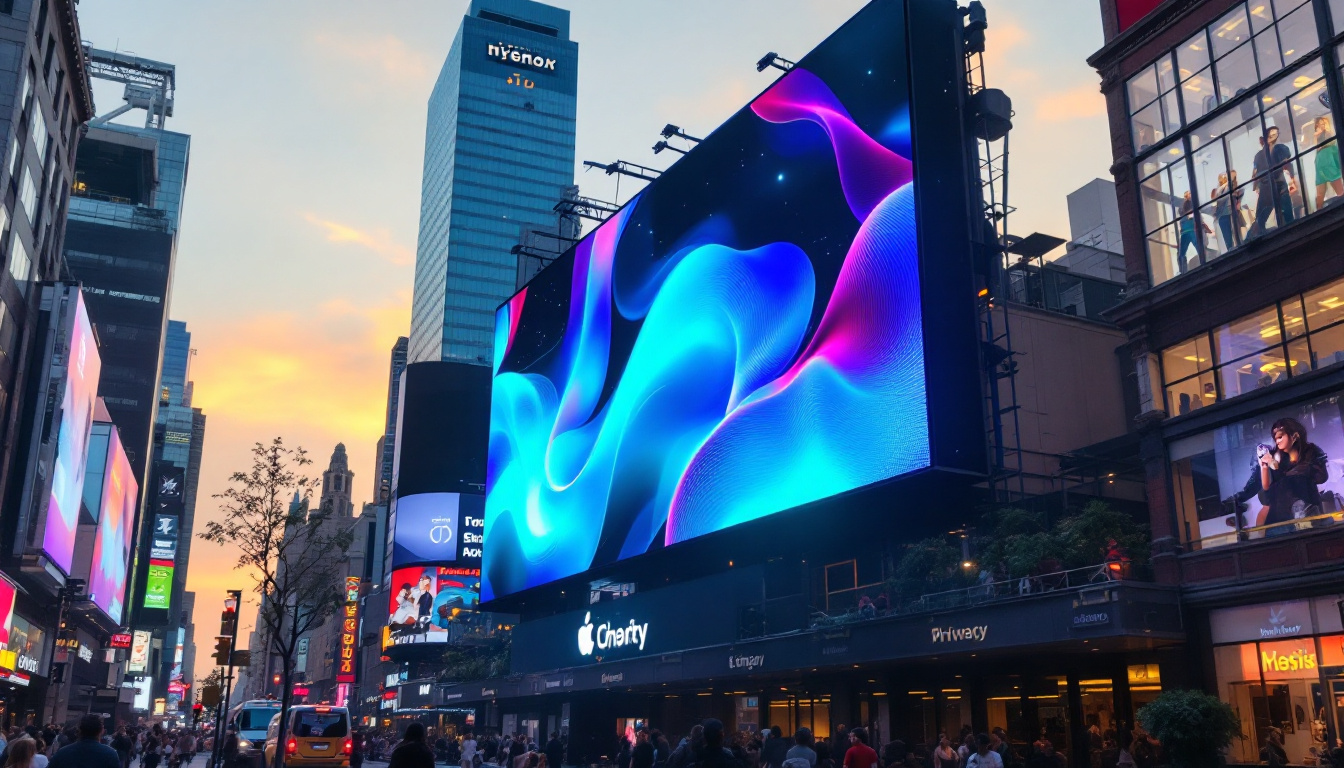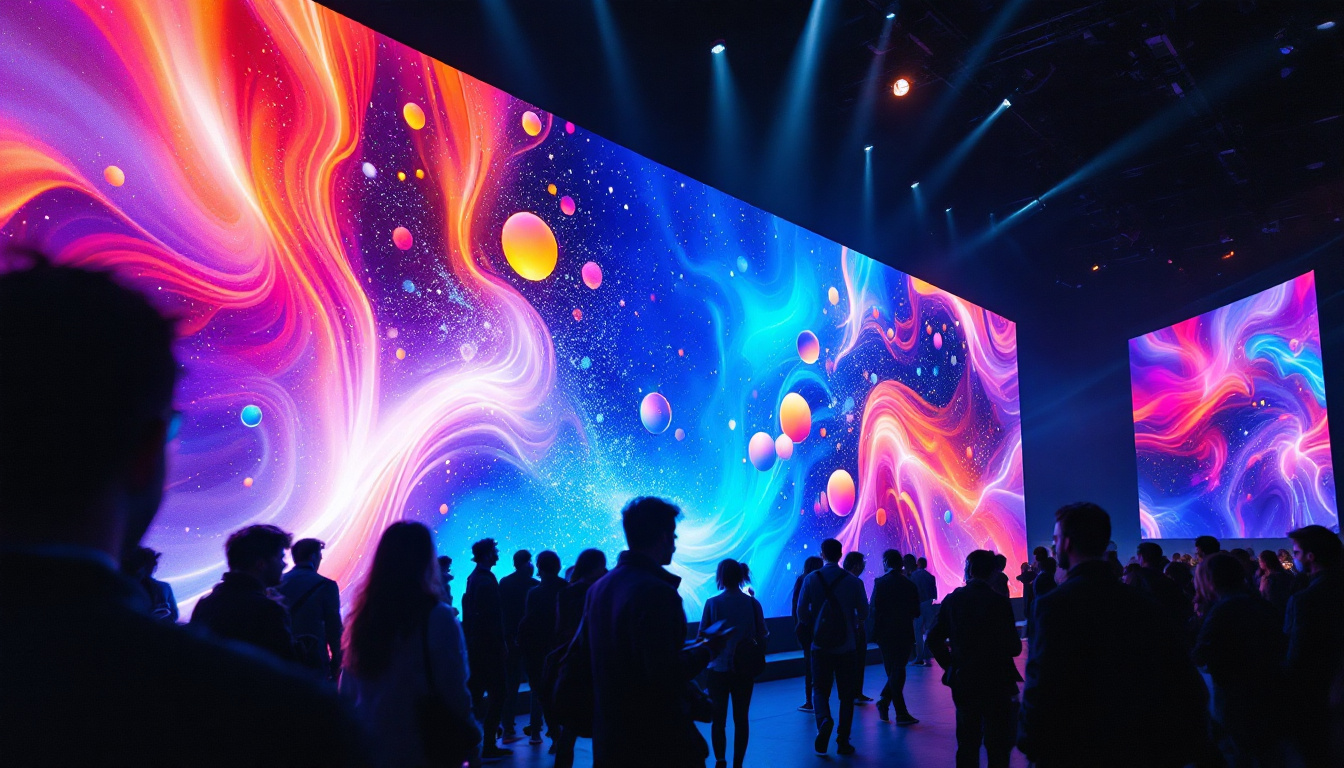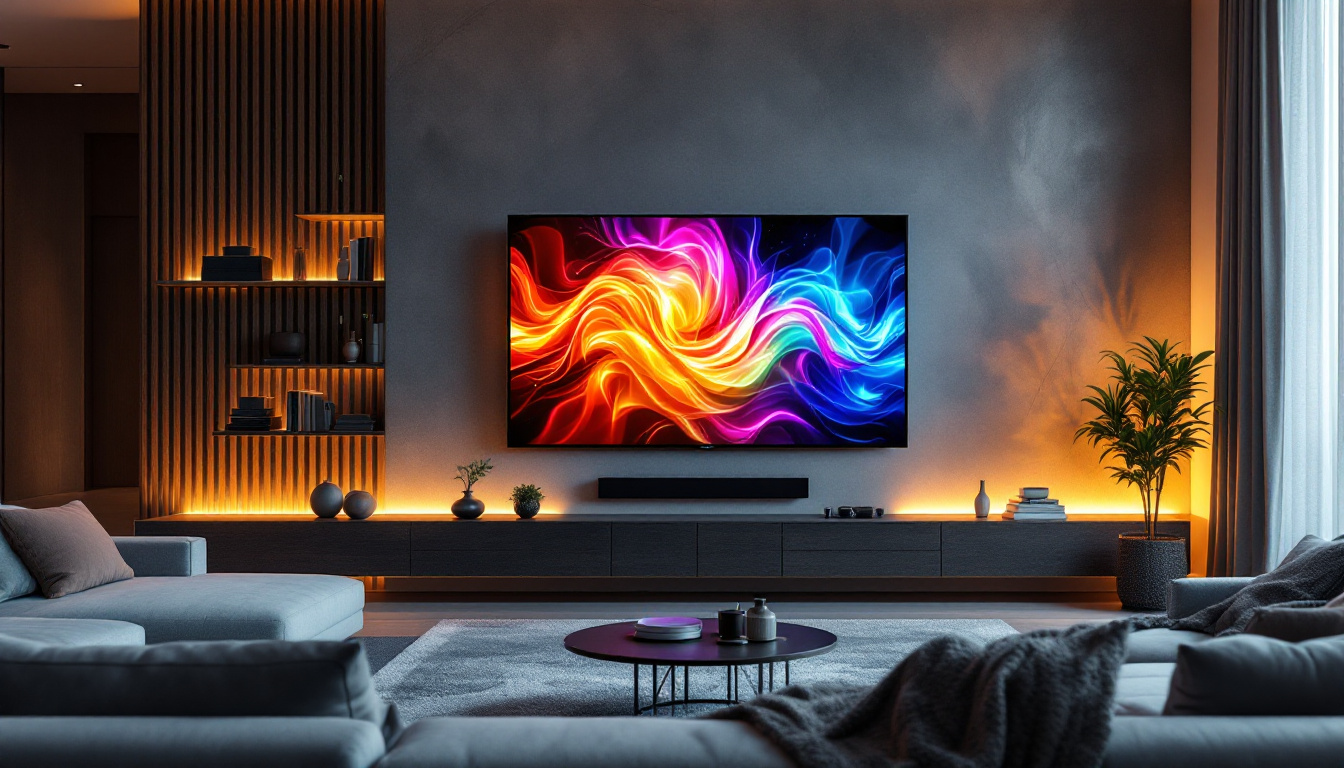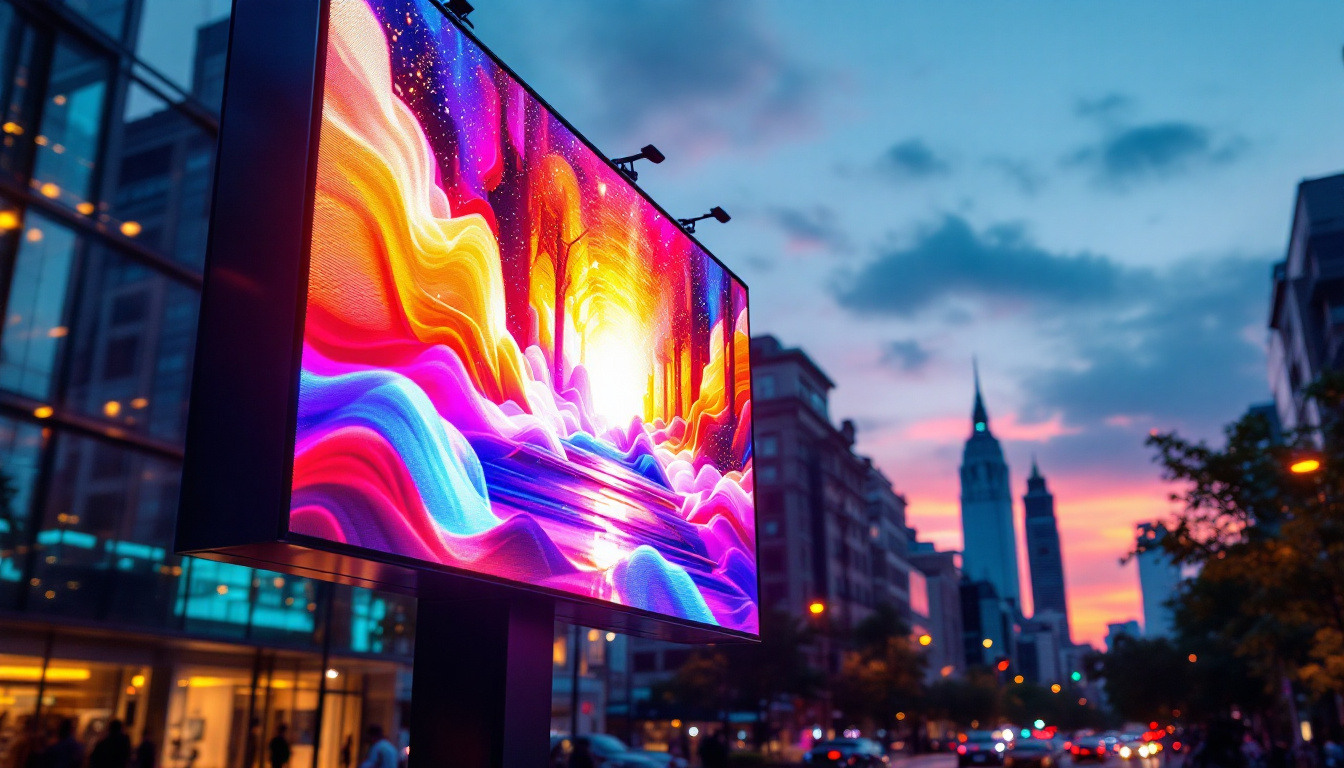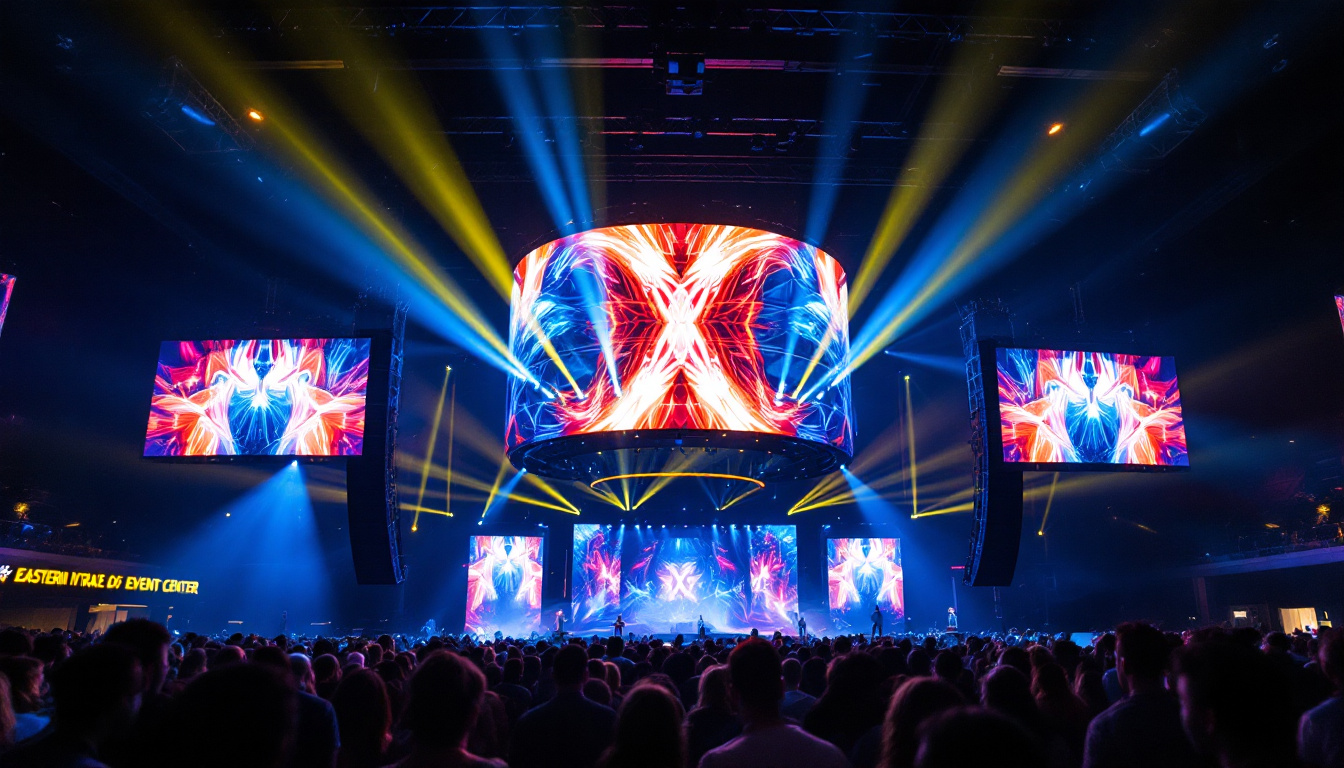In the modern world, visual communication has become increasingly important. One of the most effective tools for conveying messages and information is the LED board display. These displays have transformed the way businesses, organizations, and public spaces communicate with their audiences. This article delves into the intricacies of LED displays, exploring their technology, applications, and advantages.
Understanding LED Technology
LED stands for Light Emitting Diode, a semiconductor technology that emits light when an electric current passes through it. The fundamental principle behind LED technology is relatively simple, yet it has revolutionized the display industry. Unlike traditional incandescent bulbs, which generate light through heat, LEDs are much more energy-efficient and have a significantly longer lifespan, often lasting tens of thousands of hours. This efficiency not only reduces energy costs but also minimizes the environmental impact associated with frequent bulb replacements.
How LEDs Work
At the core of an LED is a chip made from a combination of materials, typically gallium, arsenide, or gallium phosphide. When electricity flows through the chip, electrons recombine with holes, releasing energy in the form of photons. This process is known as electroluminescence. The color of the light emitted depends on the materials used in the chip. For instance, different semiconductor materials can produce various wavelengths of light, which correspond to different colors in the visible spectrum. Additionally, the use of phosphor coatings can convert the light emitted by blue or ultraviolet LEDs into white light, further expanding their application in general lighting.
LEDs can be combined in various configurations to create displays of different sizes and resolutions. By adjusting the intensity of the light emitted from each LED, it is possible to produce a wide range of colors, making them ideal for vibrant and dynamic displays. The ability to control each individual LED allows for exceptional brightness and contrast ratios, which are crucial for visibility in outdoor environments where sunlight can wash out other display technologies. Moreover, advancements in LED technology have led to the development of flexible and transparent displays, opening up new possibilities for innovative design in advertising and consumer electronics.
Types of LED Displays
LED displays come in several types, each suited for specific applications. The most common types include:
- Single Color Displays: These are the simplest form of LED displays, typically used for text and basic graphics. They are often found in scoreboards, simple signage, and basic indicators due to their straightforward functionality and cost-effectiveness.
- RGB Displays: These displays use red, green, and blue LEDs to create a full spectrum of colors. They are popular for video displays and advertising. The RGB configuration allows for the mixing of colors at the pixel level, enabling the display of high-definition video content and intricate animations.
- Full-Color Displays: These incorporate advanced technology to display high-resolution images and videos, making them suitable for large-scale advertising and events. Full-color displays often utilize sophisticated control systems to ensure that the colors remain consistent across the entire screen, providing an immersive experience for viewers.
In addition to these common types, there are also specialized LED displays designed for niche applications. For example, outdoor LED displays are engineered to withstand harsh weather conditions, featuring waterproof casings and enhanced brightness to combat sunlight glare. On the other hand, indoor LED displays often prioritize resolution and color accuracy, making them ideal for venues such as theaters and conference rooms. The versatility of LED technology continues to drive innovation, leading to the development of new applications in fields such as automotive lighting, horticulture, and even medical devices, where precise light control can enhance functionality and user experience.
Applications of LED Board Displays
LED displays have a wide range of applications across various sectors. Their versatility makes them suitable for both indoor and outdoor use, providing effective communication solutions in numerous contexts.
Advertising and Marketing
One of the most prominent uses of LED displays is in advertising. Businesses utilize LED boards to showcase promotions, new products, and services in a visually appealing manner. The dynamic nature of LED displays allows for eye-catching animations and videos that can attract potential customers.
Moreover, LED displays can be programmed to change content frequently, enabling businesses to tailor their messages according to different times of the day or specific events. This adaptability enhances marketing strategies and increases customer engagement. For instance, a restaurant might display breakfast specials in the morning and switch to lunch offerings as the day progresses, ensuring that the content remains relevant and enticing to passersby.
Furthermore, the integration of social media feeds into LED displays has revolutionized marketing approaches. Brands can showcase user-generated content, live tweets, or Instagram posts, creating a sense of community and encouraging customer interaction. This not only boosts brand visibility but also fosters a connection between the brand and its audience, making the advertising experience more interactive and engaging.
Public Information Systems
LED displays are widely used in public spaces for information dissemination. Train stations, airports, and bus terminals often employ LED boards to provide real-time updates on schedules, delays, and other important announcements. The clarity and visibility of LED displays ensure that information is easily accessible to the public.
Furthermore, these displays can be integrated with sensors and data systems to provide live updates, enhancing the overall efficiency of public transportation systems. For example, in urban environments, LED displays can relay information about traffic conditions or emergency alerts, ensuring that commuters are well-informed and can make timely decisions. This capability not only improves the flow of information but also contributes to public safety by keeping citizens aware of critical situations.
In addition to transportation hubs, LED displays are increasingly being utilized in educational institutions. Schools and universities can employ these boards to announce events, share important news, or even highlight student achievements, thereby fostering a sense of community and school spirit among students and faculty alike.
Entertainment and Events
In the entertainment industry, LED displays play a crucial role in enhancing the audience experience. Concerts, sporting events, and festivals often feature large LED screens that display live footage, graphics, and animations. This not only captivates the audience but also creates an immersive environment.
Additionally, LED displays are commonly used in theaters and cinemas to promote upcoming shows and movies, further contributing to the entertainment ecosystem. The vibrant colors and high-definition quality of LED screens ensure that promotional content stands out, grabbing the attention of potential viewers. Beyond mere advertisements, these displays can also serve as platforms for interactive experiences, such as live polls or audience engagement activities during events, making the experience more participatory.
Moreover, LED displays have become integral to the branding of events themselves. Major festivals and concerts often feature custom LED installations that not only enhance the visual appeal but also create a unique atmosphere that attendees associate with the event. This strategic use of LED technology helps in building a brand identity that resonates with audiences long after the event has concluded.
Advantages of LED Board Displays
The growing popularity of LED displays can be attributed to their numerous advantages. These benefits make them a preferred choice for businesses and organizations looking to enhance their communication strategies.
Energy Efficiency
One of the most significant advantages of LED technology is its energy efficiency. Compared to traditional display technologies, such as incandescent or fluorescent lights, LED displays consume significantly less power. This not only reduces operational costs but also contributes to environmental sustainability.
Moreover, the longevity of LED displays means that they require less frequent replacements, further decreasing energy consumption and waste over time.
High Brightness and Visibility
LED displays are known for their high brightness levels, making them visible even in direct sunlight. This is particularly advantageous for outdoor advertising, where visibility is crucial for capturing the attention of passersby. The clarity and vividness of LED displays ensure that messages are communicated effectively, regardless of the lighting conditions.
Additionally, the wide viewing angles of LED displays allow for better visibility from various positions, making them ideal for large crowds and public spaces.
Durability and Low Maintenance
LED displays are built to withstand various environmental conditions, making them highly durable. Unlike traditional displays that may be susceptible to damage from weather elements, LED boards are often designed to be weatherproof and resistant to impacts.
Furthermore, the maintenance requirements for LED displays are minimal. With proper care, these displays can last for many years, reducing the need for frequent repairs or replacements.
Challenges and Considerations
While LED displays offer numerous advantages, there are also challenges and considerations to keep in mind when implementing them.
Initial Investment Costs
The initial investment for LED displays can be significant, especially for large-scale installations. Businesses must weigh the upfront costs against the long-term benefits of energy savings and reduced maintenance. However, many organizations find that the return on investment justifies the initial expenditure.
Content Management
Effective content management is crucial for maximizing the potential of LED displays. Organizations need to invest in software and training to ensure that content is updated regularly and remains relevant. Without proper management, displays can become stale and fail to engage the audience.
The Future of LED Displays
The future of LED displays looks promising, with advancements in technology continuously enhancing their capabilities. Innovations such as flexible LED screens, transparent displays, and improved resolution are on the horizon, opening up new possibilities for creative applications.
Integration with Smart Technology
As smart technology continues to evolve, the integration of LED displays with IoT (Internet of Things) devices is becoming increasingly common. This integration allows for real-time data sharing and dynamic content updates, making displays even more interactive and engaging.
For instance, smart LED displays can adjust their brightness based on ambient light conditions or display personalized content based on viewer demographics, enhancing the overall user experience.
Environmental Considerations
With growing awareness of environmental issues, the LED industry is also focusing on sustainability. Future developments may include the use of recyclable materials and energy-efficient manufacturing processes. As consumers become more environmentally conscious, the demand for sustainable display solutions is likely to increase.
Conclusion
LED board displays have transformed the landscape of visual communication. Their versatility, energy efficiency, and high visibility make them an invaluable tool for businesses, public spaces, and events. While there are challenges to consider, the advantages far outweigh the drawbacks, making LED displays a wise investment for the future.
As technology continues to advance, the potential applications of LED displays will only expand, further solidifying their place in the world of communication. Embracing this technology can lead to enhanced engagement, improved information dissemination, and a more dynamic interaction with audiences.
Discover the Future of LED Displays with LumenMatrix
Ready to elevate your visual communication strategy with the latest in LED technology? Explore LumenMatrix’s comprehensive range of LED display solutions, from vibrant indoor walls to dynamic outdoor displays and beyond. Our commitment to innovation ensures your message resonates with clarity and impact. Experience the revolution in digital signage and create unforgettable visual experiences. Check out LumenMatrix LED Display Solutions today and see your vision come to life.

